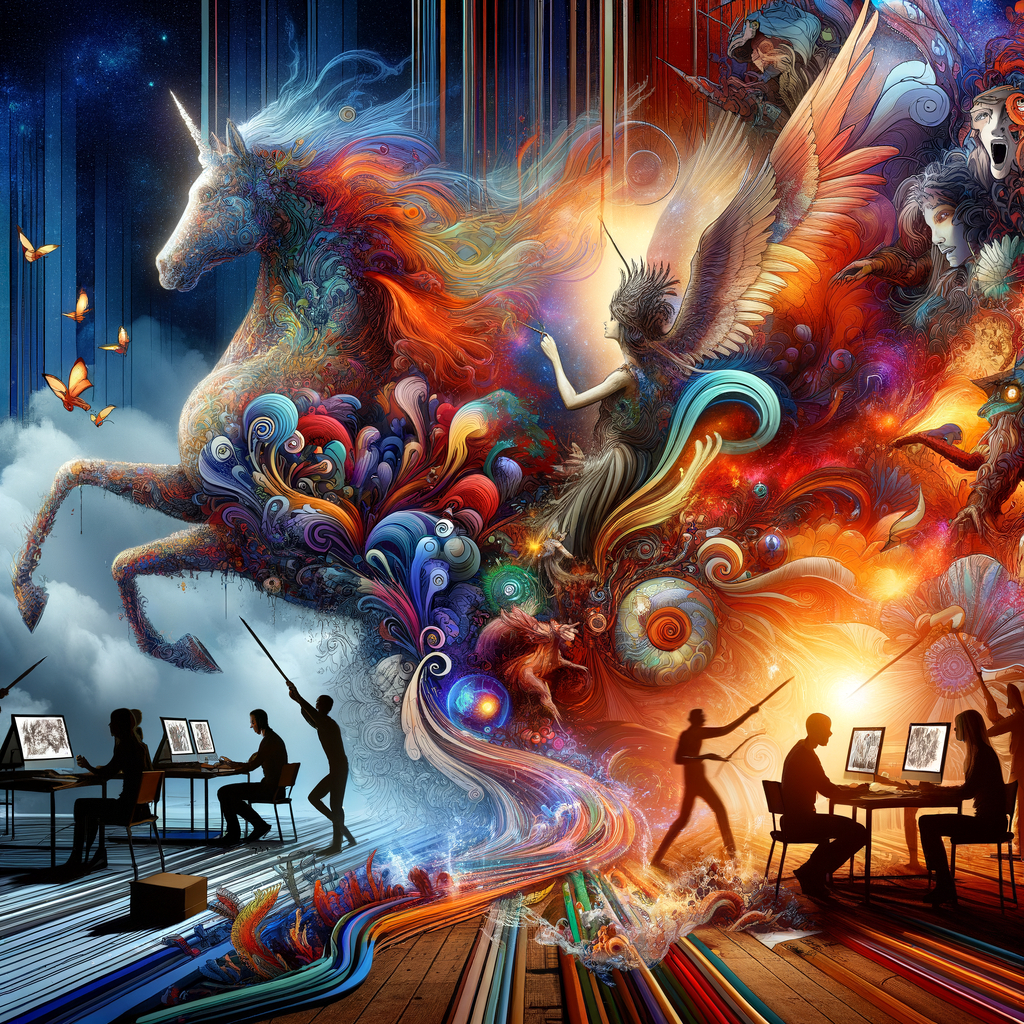Physical Address
304 North Cardinal St.
Dorchester Center, MA 02124
Physical Address
304 North Cardinal St.
Dorchester Center, MA 02124

The world of animated films is a magical realm where creativity meets technology, bringing to life stories that captivate audiences of all ages. The art of creating animated films is a complex process that requires a blend of artistic talent, technical prowess, and storytelling genius. This article will delve into the intricate journey from conceptualisation to the silver screen.
The first step in creating an animated film is conceptualisation. It involves coming up with an original idea or adapting an existing story for animation. The concept needs to be compelling and engaging enough to hold the audience’s attention throughout the film. This stage also includes character development, where artists sketch out characters’ appearances and personalities, often drawing inspiration from real-life people or animals.
Once the concept has been established, scriptwriters craft a screenplay detailing every scene in the film. They must weave together dialogue, action sequences, and emotional arcs into a cohesive narrative that drives the story forward. A good script forms the backbone of an animated film and sets the tone for everything that follows.
After finalising the script, storyboard artists translate it into visual form by creating a series of sketches known as storyboards. These illustrate key scenes from the film, providing a visual guide for animators and directors. Storyboarding helps in planning camera angles, character movements, and transitions between scenes.
In this phase called ‘pre-vis’, rough versions of scenes are created using basic 3D models. This allows filmmakers to experiment with different staging and camera setups before moving on to full-scale production.
Designers and modellers work together to bring the characters and environments to life in 3D space. Designers focus on the visual style, including colour schemes, textures, and lighting, while modellers create the 3D structures of characters and sets. Rigging is then applied to these models, allowing them to move realistically.
This is where the magic truly happens. Animators manipulate the rigged models frame by frame to create movement and express emotion. This can be a painstaking process requiring immense patience and precision. The result is a sequence of frames that, when played back at speed, gives the illusion of life-like motion.
Lighting artists add depth and mood to each scene through strategic placement of light sources. They must consider factors like time of day, indoor vs outdoor settings, and emotional tone when crafting their lighting designs. Once everything is lit correctly, rendering software processes all the data into high-resolution images.
In compositing, various elements such as characters, backgrounds, effects are combined into a single image for each frame. Editors then assemble these images in order according to the storyboard and script. They also add sound effects, dialogue recordings (also known as ‘voice acting’), music score which enhance the film’s overall impact.
The final step in creating an animated film is distribution – getting it out there for audiences to enjoy! This could involve submitting it to film festivals or selling it directly to television networks or streaming platforms.
In conclusion,
Creating animated films involves much more than just drawing pictures; it’s a complex process that requires creativity, technical skillset and meticulous attention to detail at every stage. Despite its challenges, the art of animation continues to evolve and inspire, pushing the boundaries of storytelling and visual effects. So the next time you watch an animated film, take a moment to appreciate the immense effort and talent that went into its creation.